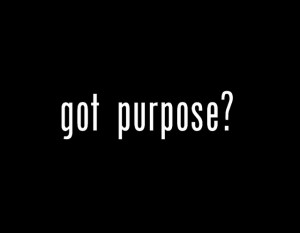It used to be all about the brand of soft drink…
Coke. Pepsi. Fanta. Mountain Dew. Sprite. Dr. Pepper.
Nearly a billion dollars a year is spent on advertising these sugary sodas. Coke alone was spending over a billion a year a few years back. Can you imagine how much money has been spent on branding over the 170+ years since the emergence of soft drinks for the masses?
But something’s changed.
Have you heard of a suicide soda? Or have you read Bill Hader’s Two-Minute Recipe for Perfect Fountain Drink on the side of Chipotle cup? Click those links — I’ll bet you’ve seen people do this. Maybe you have too.
The drink used to be king. Now the drinker is king. And the brand is merely one of many ingredients in the drinker’s personal creation.
We’ve come from an era in which we were receivers of products, services and experiences. Today, we’re participants and co-creators in the products, services and experiences we allow into our lives.
Make it Happen:
So how can you apply what you’ve just read? The focus of your “message,” marketing, sales — whatever you call it — is either on the thing you offer or the lives of those who use it. Make it about the people you serve and they’ll mix you in with their lives.
Image by Megan Trace on Flickr.



